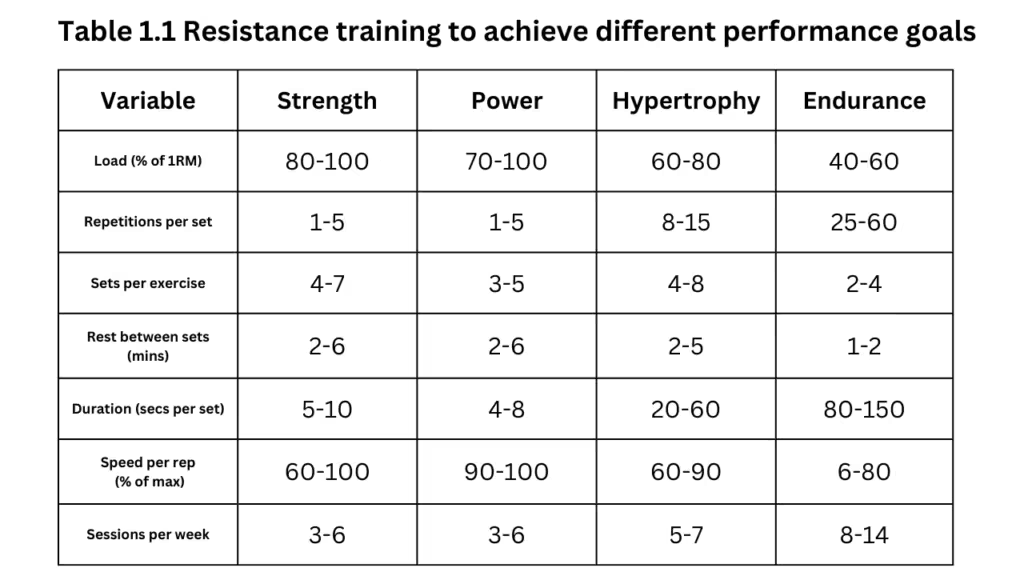Yuri Verkhoshansky is often referred to as the “Father of Plyometrics” having created the Shock Method in the 1960’s. This book is an incredibly thorough look at the way he structures the components of strength training and in-depth view of the science behind his decisions. As you can see by the book cover, it aims to showcase training methods for a wide range of sports, including explosive and endurance events.
In the author’s own words, “the book is not so much an attempt to answer the question of how to develop strength in each specific case as it is to show what one needs to know in order to do this.”
The Eastern Europeans were incredibly advanced in the ways of strength and power training, and despite having a Sports Science degree I learned an enormous amount from this book. I really cannot overstate how impressive and detailed the information is that you will find here. If you are a serious athlete or coach then I highly recommend reading through the sections in each chapter that relate to your chosen sport.
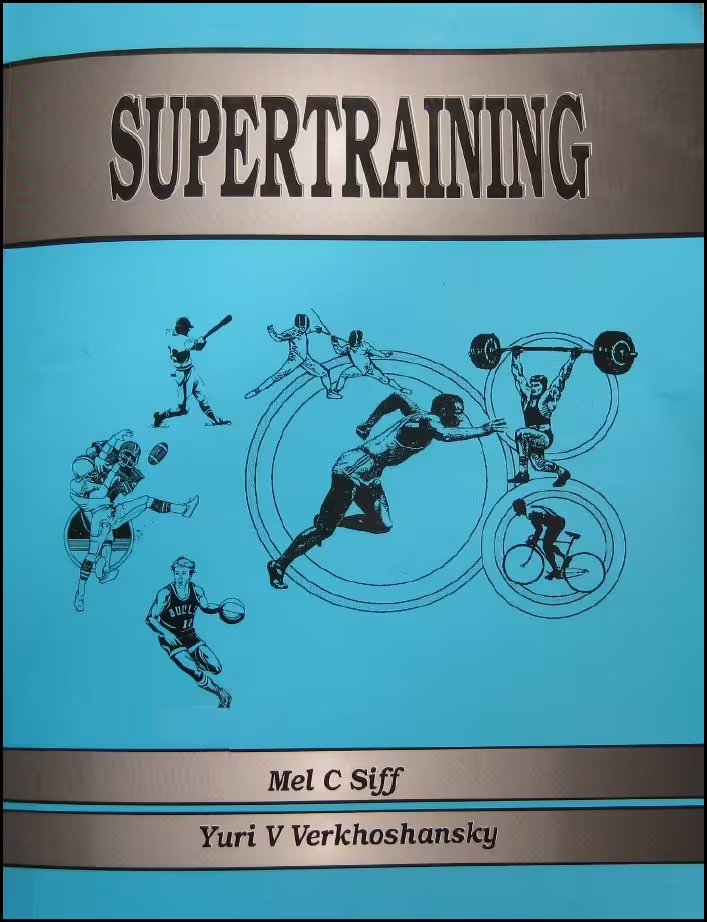
PRO TIP: Take notes! When you read a book, use a blank sheet of paper as a bookmark. Write down any interesting facts and information from the book. This condenses a whole book into 3-4 pages of key notes that are important and relevant to you.
My Notes on Supertraining
I’ve taken more notes from Supertraining than any other book I’ve read. Here I’ve limited myself to no more than five bullet points per chapter.
Chapter 1: Strength and the Muscular System
- As muscle size can increase in a matter of weeks but ligaments and tendons can take months, it’s important to not overload the systems that have the slowest adaptation.
- The spring stiffness of soft tissue is a function of joint angle. Knee joint stiffness decreased from 120kN/m at 0 degrees to 30kN/m at 75 degrees of knee flexion, which implies that knee flexion should be limited for effective “shock” plyometric training
- Fast Twitch fibres can be recruited at lower absolute loads if speed of movement and contraction is intense. A fast moving 100kg bench press can recruit more Fast Twitch fibres than grinding out 150kg
- Autogenic training, where the athlete visualises the movement, including feeling the muscular tension and movements, is a core part of Russian training
- In a single session, the fitness effect lasts roughly 3 times the fatigue effect, so if you’re tired for 3 days you’ll have 9 days of a fitness effect following a workout
Chapter 2: Special Strength Training for Sports Mastery
- A novice improves through increase in intermuscular coordination (2-3 weeks), intramuscular coordination (4-6 weeks), increase in muscle hypertrophy (6-12 weeks) and then stagnates if the training program is poorly constructed.
Chapter 3: Factors Influencing Strength Production
- Average reaction times: sound: 0.142, touch: 0.155, visual: 0.194. Reaction time is largely determined by genetics and minimally affected by training
- Strength is only one factor in speed, one important one that’s overlooked is the ability to relax a muscle
- Maximum power in a powerlifting squat is achieved with a load 62% or 1RM. Power drops to 52% and execution time increases by 282% for a maximal load.
- A muscle contracts more rapidly and more intensely the higher its temperature within its safe physiological range.
- After a heavy barbell set, strength and force increase between 2 and 6 minutes afterwards. For more intense exercises like depth jumps, the peak was around 8 minutes later for a vertical jump
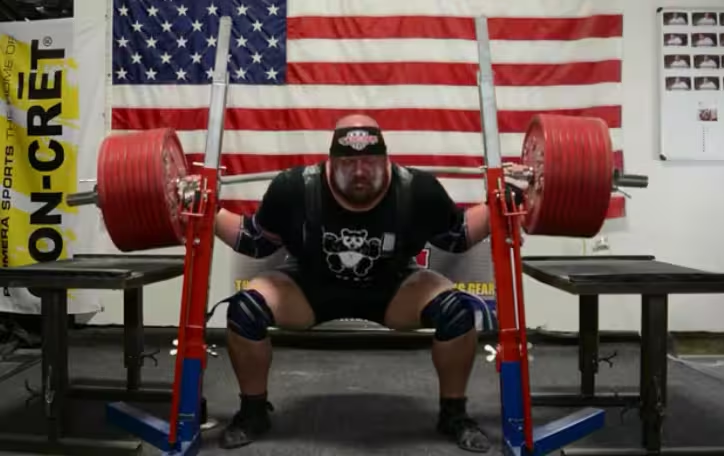
Chapter 4: The Means of Special Strength Training
- In the initial part of strength training, improvements are made whether training with 40%-80% of 1RM. It’s only later on in training that you need to be more deliberate about exercise selection, tempo, sets and reps.
- For advanced jumpers, 0.75-1.15m is the best depth jump height. The power end of the range maximises power, the high end maximises dynamic force. It is better to err on the more conservative side for less experienced athletes and jump from a lower height, as well as limiting the overall volume of ‘shock’ training
- Isometric training is valuable for a movement that requires maximum force at a specific joint angle e.g. a sticking point in bench press. A single rep might pass through that join angle in 0.1 seconds, whereas an isometric could be an intense 6 second effort
- Exercise machines can be functional, offering resistance in a sports specific pattern, or non-functional, with the sole purpose of general resistance in non-sports specific pattern. Unfortunately most Western gyms are full of non-functional machines, which are detrimental other than for early rehab purposes.
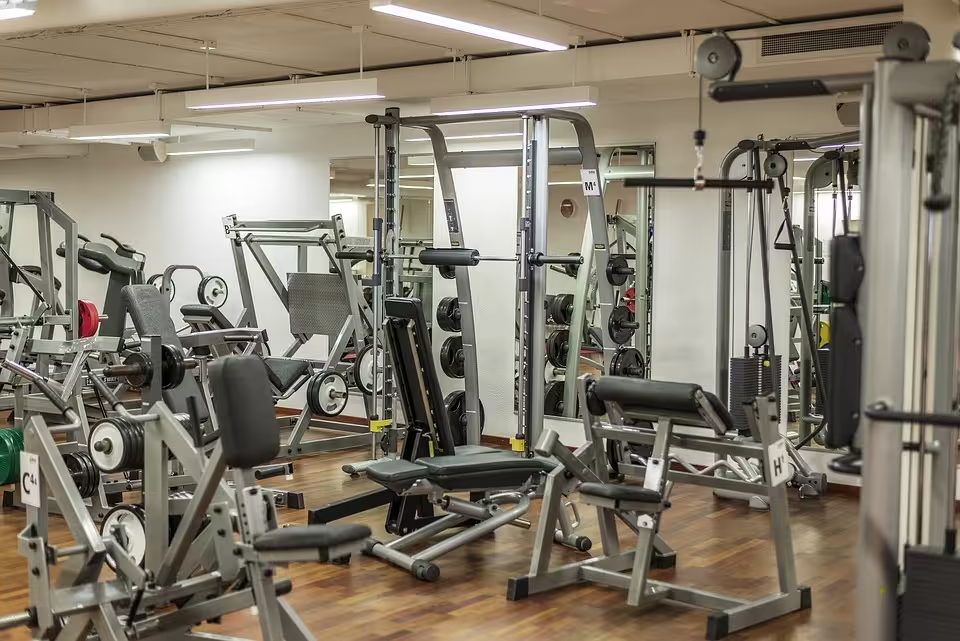
Chapter 5: The Methods of Special Strength Training
- An experiment with 9 variations of sets & reps for Bench Press found 3 x 6 to be most effective
- Research indicates that speed-strength is developed better the more speed loading in training, ideally 20% 1RM with maximal intent
- In alternate bounds, the power at push-off is greater than in running. This makes it an excellent special strength training exercise for sprinters. Emphasis should be on active gathering of the planted leg and not on accentuating the push off of the body, as the latter doesn’t happen in sprinting
- Plyometrics should be defined properly, as they involve a “shock” and so require a very brief contact time and high impact. If the transition phase is more than 0.15 seconds then it’s just traditional jumping and not plyometric. A useful visual is that the surface being jumped on is red hot.
- The gains elicited from a concentrated 4-8 week training block typically have a latency period of 1-3 weeks, so it’s important the athlete doesn’t lose patience and rush into the next loading phase
Chapter 6: Programming and Organisation of Training
- Daily tracking of blood pressure soon after rising is a way to spot overtraining through erratic changes to systolic or diastolic values
- Rest is required after 5-6 weeks training, or 3-4 weeks of intense training. This rest can be 7-10 days and three consecutive training blocks created before a longer rest is required
Chapter 8: Designing Sport Specific Strength Programs
- There are diminishing returns with any recovery means, so it’s best not to apply them more than 1-2x/week
- Regular locomotive activity without footwear should be done daily to maintain sensitivity of the plantar protective reflex
- Gym instructors should advise on the correct use of machines in the same way they would with free weights – it’s not sufficient to allow untrained people to look at a diagram and start exercising
Some of the highest value I’ve gained from this book has come from the graphs and tables. Below I’ve reproduced table 1.1, which shows the clear differences in training for strength, power, hypertrophy or endurance.
